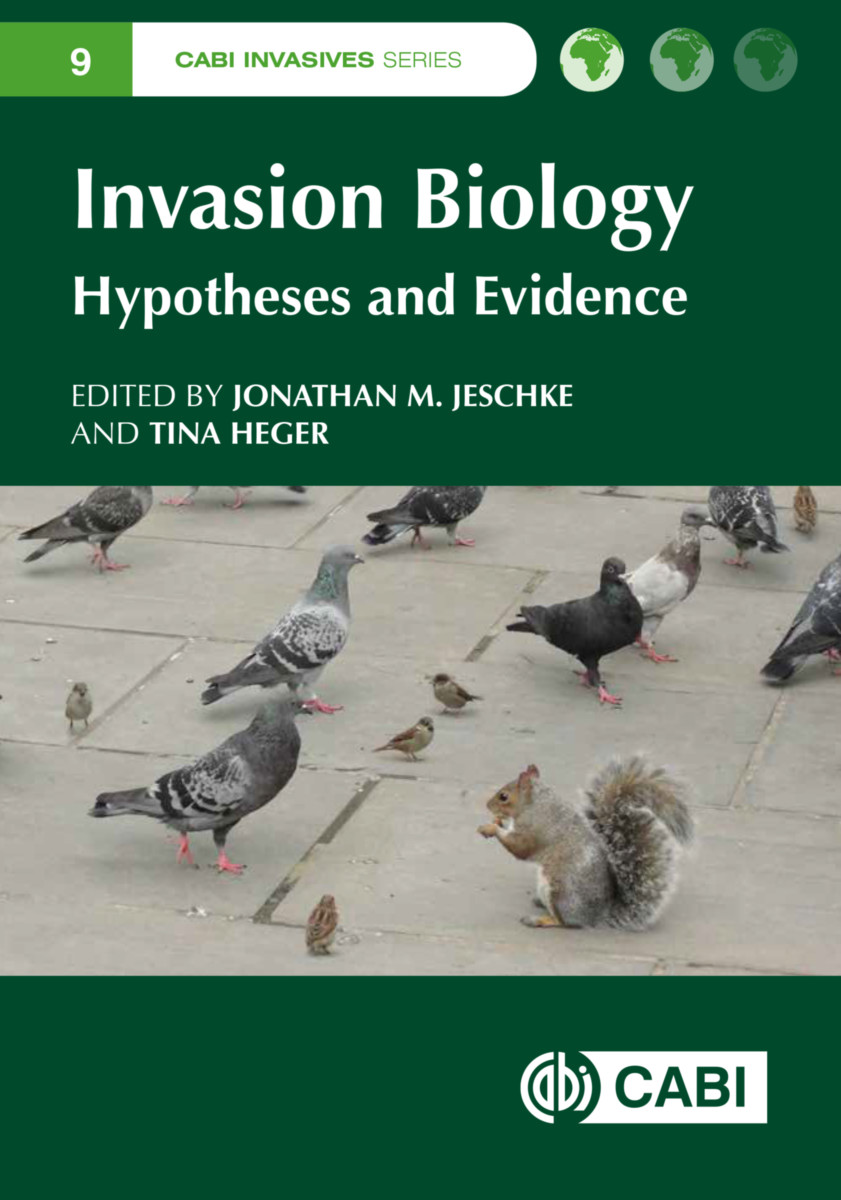- Publisher
CABI - Published
11th January 2022 - ISBN 9781800621619
- Language English
- Pages 192 pp.
- Size 6.75" x 9.5"
- Images color figures
- Publisher
CABI - Published
29th May 2018 - ISBN 9781780647647
- Language English
- Pages 192 pp.
- Size 6.75" x 9.5"
- Images color figures
There are many hypotheses describing the interactions involved in biological invasions, but it is largely unknown whether they are backed up by empirical evidence. This book fills that gap by developing a tool for assessing research hypotheses and applying it to a number of invasion hypotheses, using the hierarchy-of-hypotheses (HoH) approach, and mapping the connections between theory and evidence. In Part 1, an overview chapter of invasion biology is followed by an introduction to the HoH approach and short chapters by science theorists and philosophers that comment on the approach. Part 2 outlines the invasion hypotheses and their interrelationships. These include biotic resistance and island susceptibility hypotheses, disturbance hypothesis, invasional meltdown hypothesis, enemy release hypothesis, evolution of increased competitive ability and shifting defence hypotheses, tens rule, phenotypic plasticity hypothesis, Darwin's naturalization & limiting similarity hypotheses and the propagule pressure hypothesis. Part 3 suggests future directions for invasion research.
Part I: Introduction to invasion biology and the hierarchy-of-hypotheses approach
1: Invasion biology: searching for predictions and prevention, and avoiding lost causes
2: The hierarchy-of-hypotheses approach
3: Hierarchy of hypotheses or hierarchy of predictions? Clarifying key concepts in ecological research
4: Mapping theoretical and evidential landscapes in ecological science: Levins’ virtue trade-off and the hierarchy-of-hypotheses approach
5: A hierarchy of hypotheses or a network of models
6: The hierarchy-of-hypotheses approach updated – a toolbox for structuring and analysing theory, research and evidence
Part II: Hypothesis network and 12 focal hypotheses
7: A network of invasion hypotheses
8: Biotic resistance and island susceptibility hypotheses
9: Disturbance hypothesis
10: Invasional meltdown hypothesis
11: Enemy release hypothesis
12: Evolution of increased competitive ability and shifting defence hypotheses
13: Tens rule
14: Phenotypic plasticity hypothesis
15: Darwin’s naturalisation and limiting similarity hypotheses
16: Propagule pressure hypothesis
Part III: Synthesis and outlook
17: Synthesis
18: Conclusions and outlook
Jonathan M. Jeschke
Jonathan M. Jeschke is with Leibniz-Institute of Freshwater Ecology and Inland Fisheries (IGB), Freie Universität Berlin and Berlin-Brandenburg Institute of Advanced Biodiversity Research, Germany.
Tina Heger
Tina Heger is with University of Potsdam, Technical University of Munich and Berlin-Brandenburg Institute of Advanced Biodiversity Research (BBIB), Germany.


